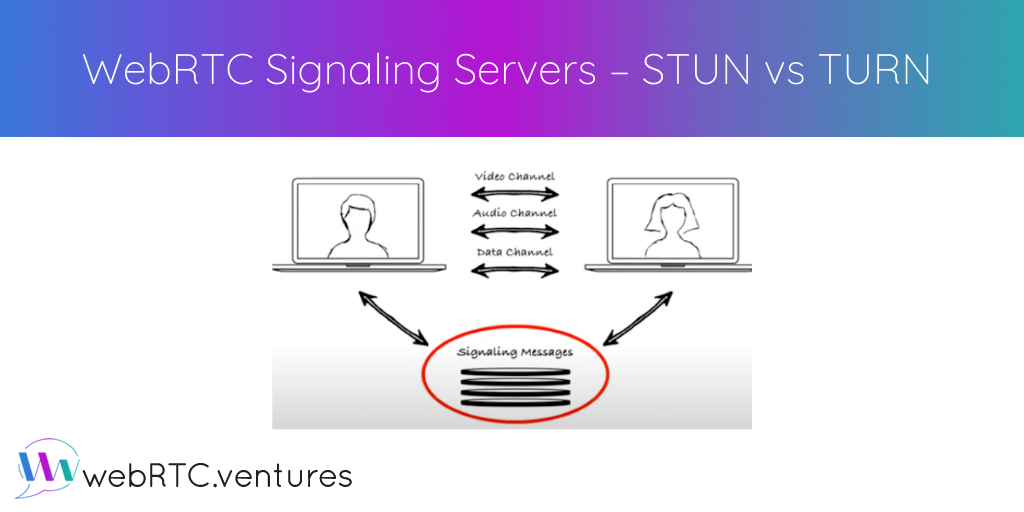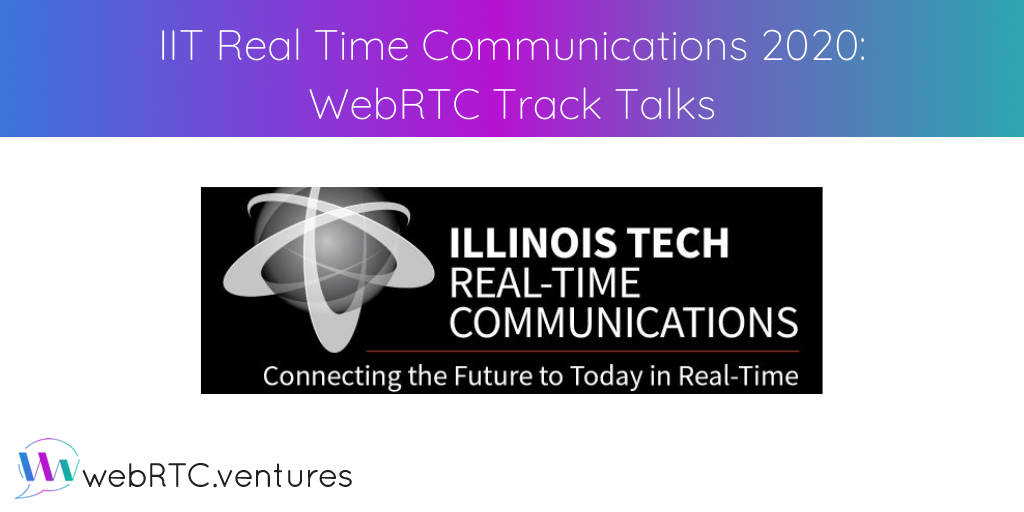
STUN and TURN are two types of WebRTC signaling servers that can be used to create a real-time, peer-to-peer connection. In this post we will explain why we need them, when we need them, why one is beneficial to the other, and how you can get around the problem altogether using a CPaaS.

Bugs exist. WebRTC is not an exception. Debugging WebRTC applications can be particularly challenging, but not impossible. Arin’s guest for WebRTC Live Episode 49 was our own Senior WebRTC Engineer and Developer Evangelist, Germán Goldenstein. They discuss tools and methodologies for debugging a WebRTC call.

There’s no need to convince anyone that video is the future of the internet. WebRTC technology was pivotal in helping us cope with being stuck at home for most of 2020. With the end of the pandemic in sight, what lessons have we learned with regard to WebRTC development and what are the trends on the horizon for 2021?

Our CEO and Founder, Arin Sime, was once again the curator of the IIT Real Time Communications Conference WebRTC track. He put together a very impressive lineup of WebRTC thought leaders speaking about topics including Scaling WebRTC, media servers, WebRTC security, and more! In this post, we’ve embedded video from each of the WebRTC track talks.






